
What is RFID and how does it work?
If you recently browsed our wallet inventory you probably noticed us boosting about “RFID-protection”. RFID stands for Radio Frequency Identification, which refers to the process of tracking and identifying tags attached to objects. We use RFID in our everyday lives more than we know. If you have ever passed through a toll on a highway, used a keycard to access a building or scanned a phone based transit pass you are familiar with RFID systems. They are radio frequency waves wirelessly transferring data without physical contact. Depending on the type of RFID, the radio frequency waves can be picked up from an inch to 20+ yards away!
Where is RFID used?
As our vehicle approaches the white solid line at the automated toll booth, a unique radio frequency, RFID tag, is sending information back to the fixated antenna reader. Once personal information is approved the toll booth gate swings upward and you head on your way, this process has improved how we travel today. RFID tags are used to track library books, it is how your local automated DVD kiosk knows you returned the correct movie. From tracking a marathon runners time to logging supply chain inventory RFID is helping us evolve quickly. Unfortunately, like many great inventions, RFID can be used to impact you negatively. Major credit card companies have taken advantage of RFID tags to speed up our transaction process. Thus, creating an opportunity for strangers with the right equipment to steal our financial information.
Ways to Steal Personal RFID Tags?
Every RFID system has four main components, readers, antennas, tags and cables. The most simple system can consist of a handheld mobile device reader with a built in antenna. The RFID reader is the brains of the RFID system, transmitting and receiving radio waves from RFID tags. RFID readers are either mobile or fixed readers, for theft purposes a mobile reader is what we are most worried about! Hence the RFID protection on our wallets provides confidence to move in public settings without compromising your financial information. If you are worried about your information being compromised check with your lender to confirm you have RFID cards. Education is key to safety and understanding whether or not you have a RFID tag on your card is the first step to knowing if it can be compromised.
Summary:
-RFID stands for Radio Frequency Identification
-RFID is wirelessly transferring data without physical contact
-RFID tags provide unique information to RFID readers/ antennas
-Find out if your finance cards have RFID tags!
Cheers,
Brian Zig - Trayvax Content Creator
Browse Trayvax Wallets

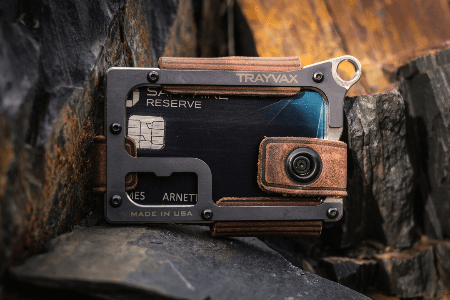
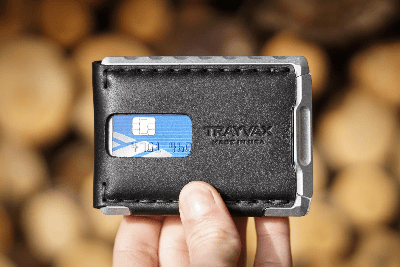
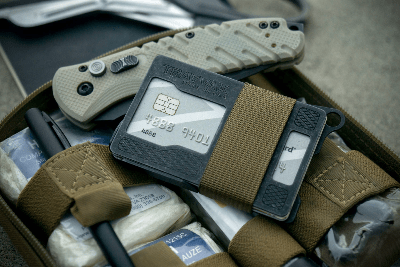
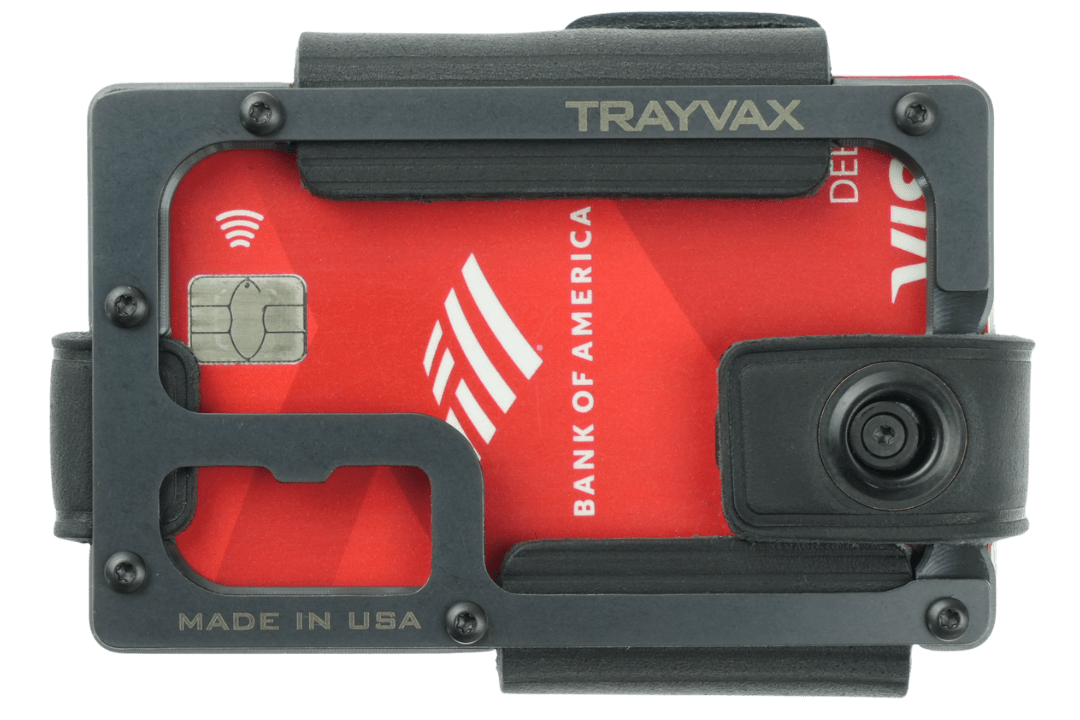



















































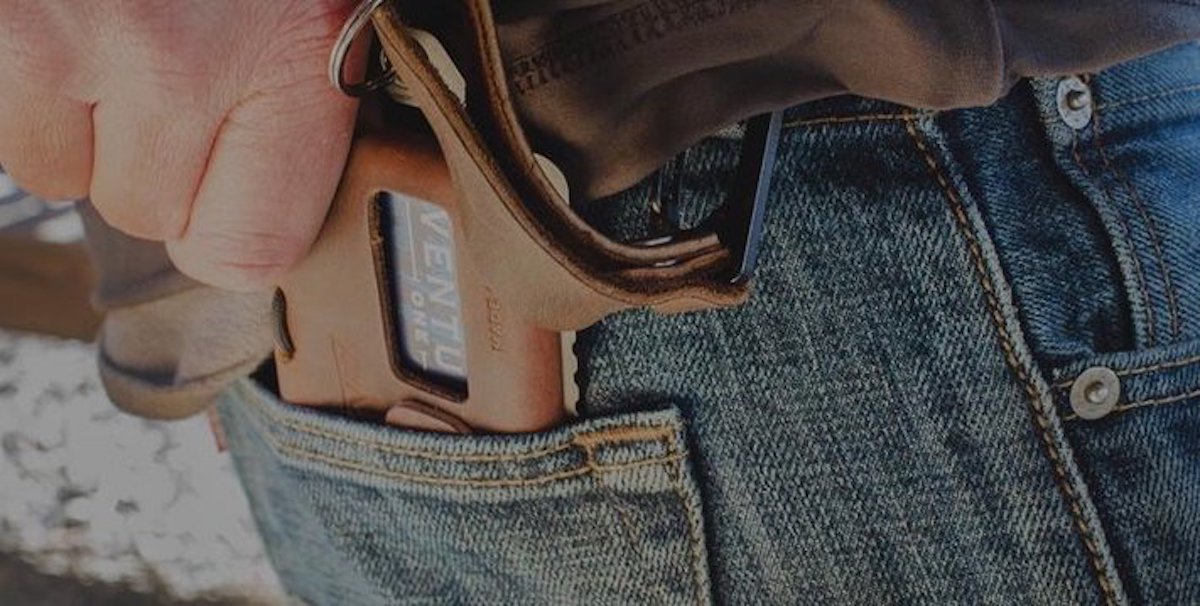

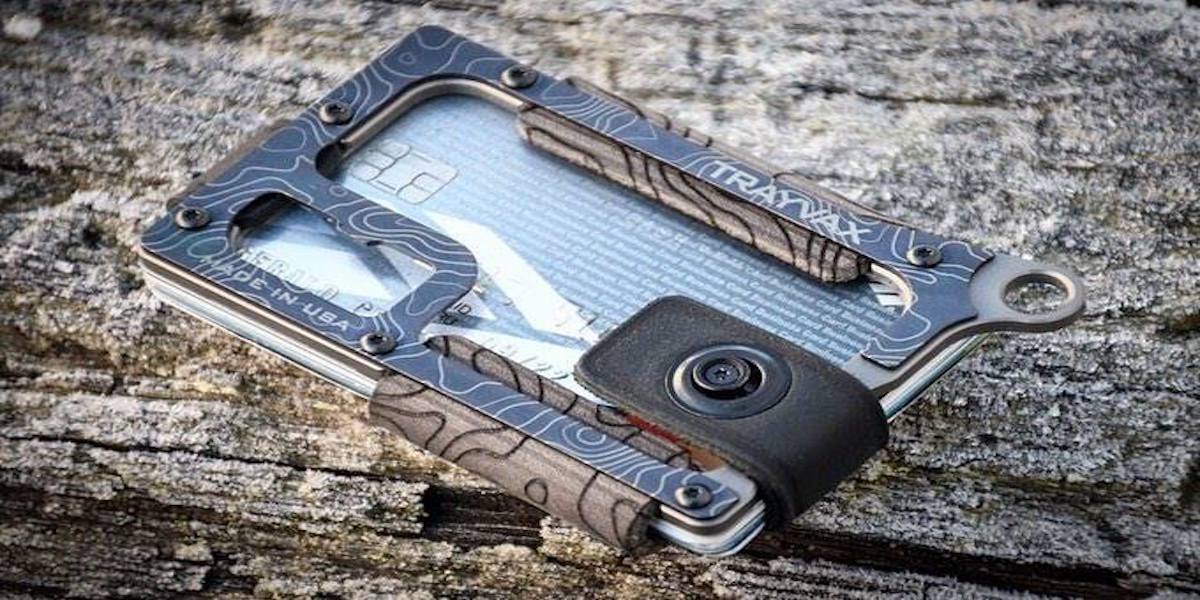
Leave a comment
All comments are moderated before being published.
This site is protected by hCaptcha and the hCaptcha Privacy Policy and Terms of Service apply.